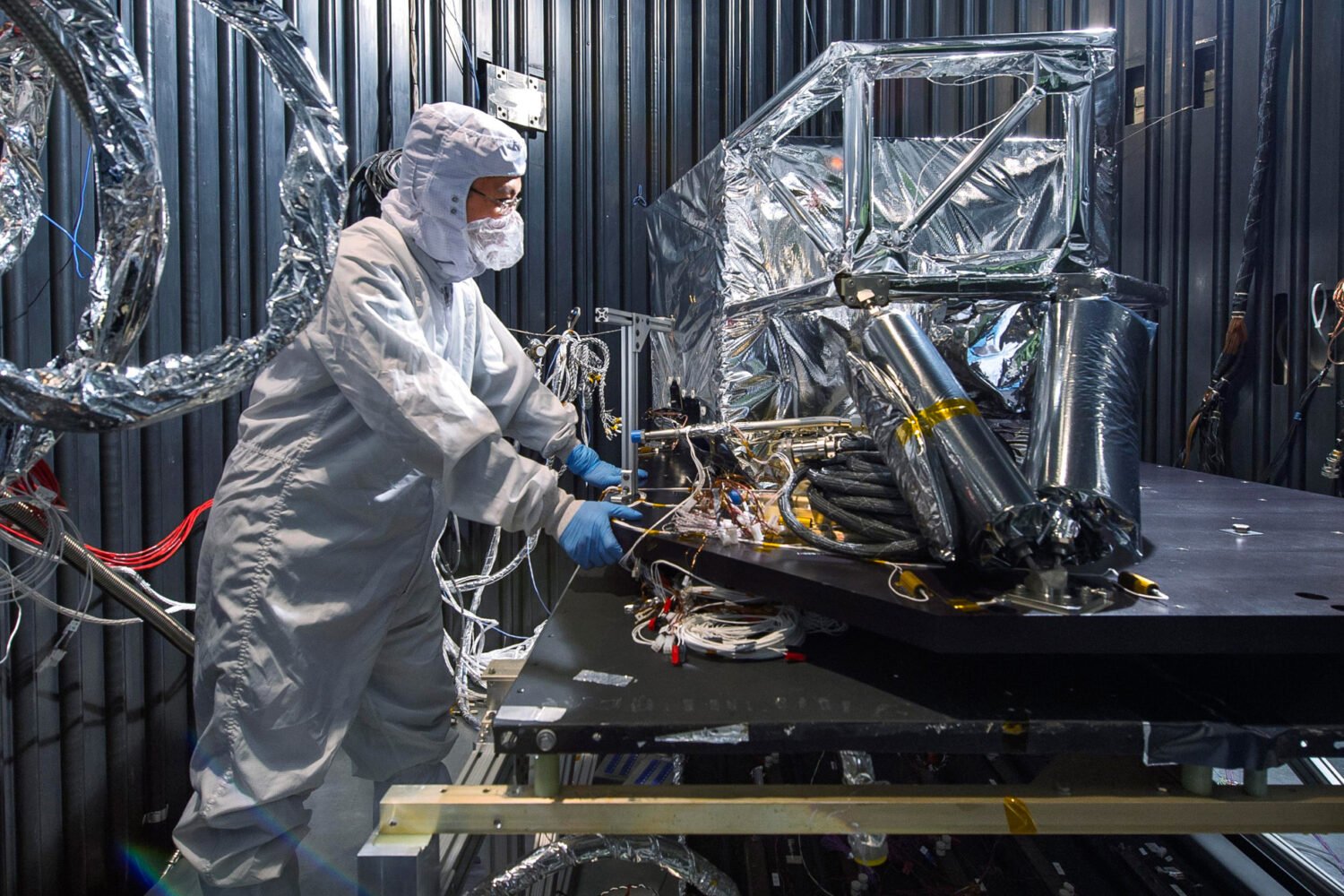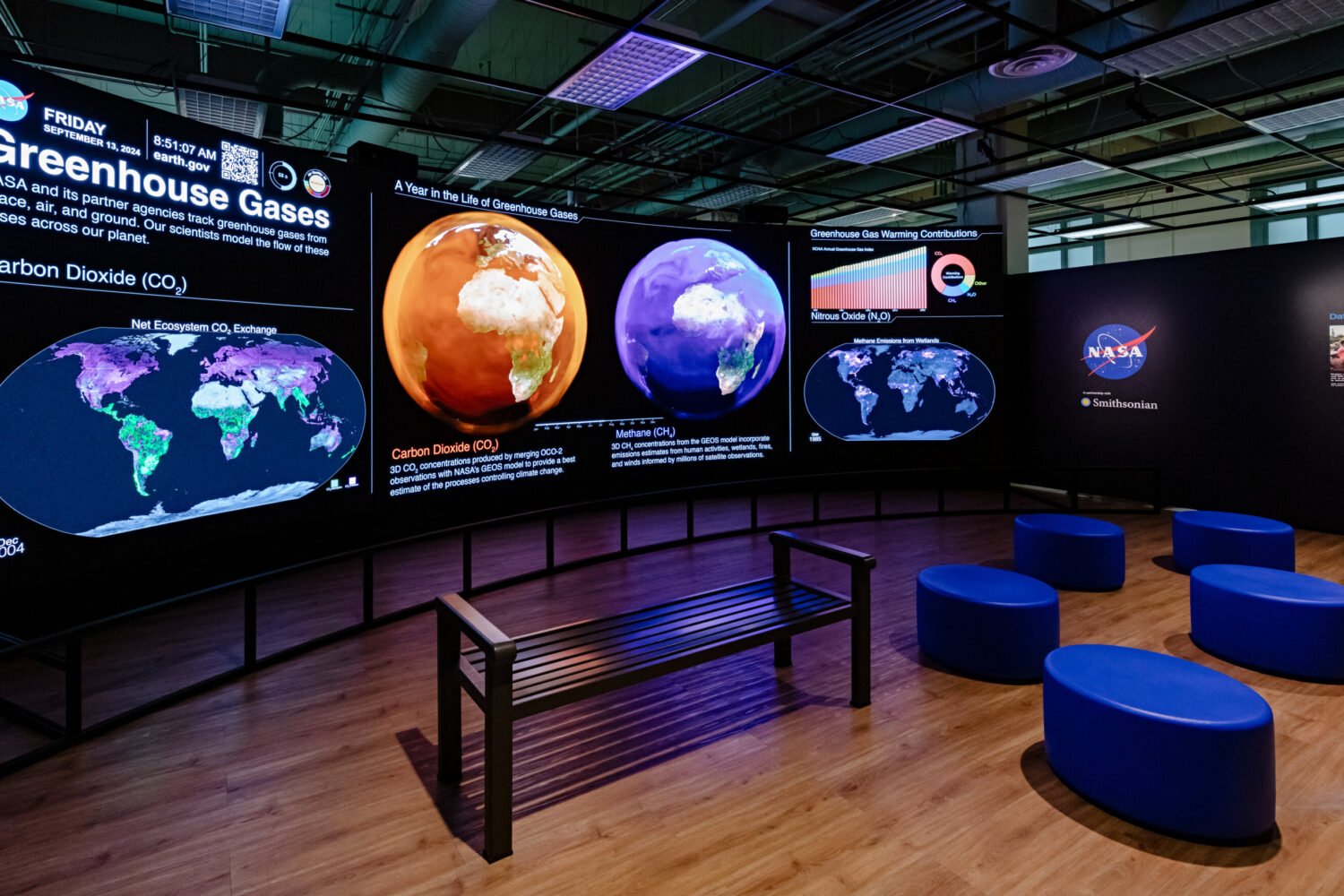I’m a proud, life-long space geek. You’re going to see more posts on Dead Drop in coming weeks and months about space exploration. Along the way, I’ll elaborate on why I think putting humans into space is inextricably linked to US national security. For now, let’s agree that the history of human space flight, as well as unmanned space exploration, has deep bonds with the national security community, and will for many years to come. Now, onto the geekery.
This week has been a historic one in the history of human space flight over the past several decades. I don’t know what it is about this time of year–The rejuvenating prospects of spring? The budget cycle?–but look at how many major firsts occurred during this week of April.
On April 9, 1959, NASA introduced the Mercury Seven, the United States’ first “astronauts.” The men were all hot shot test pilots, who went through a grueling selection process that involved mind games, test of physical endurance, and the insertion of various probes into their major orifices. (Seriously, read The Right Stuff. Harrowing.) Although we look back on the first astronauts now in their glory, when they were picked for the mission they thought they might be risking their flying careers on a fanciful and possibly unproductive diversion into outer space.
On April 12, 1961, Russian cosmonaut Yuri Gagarin became the first human to travel in space, completing one orbit of the Earth in his Vostok capsule. (A US astronaut wouldn’t make an orbit until February 1962, when John Glenn piloted Friendship 7 three times around the planet.)
On April 8, 1964, the unmanned Gemini 1 launched. It was a test flight for NASA’s first two-seater spacecraft, from which US astronauts would take their first “space walks” outside the capsule.
On April 17, 1967, (I know, technically not this week in history) Surveyor 3 landed on the Moon. It was the third in a series of seven unmanned probes sent to validate lunar landing techniques and gather photos and other information about the Moon, all of which helped pave the way for the first human landing, in 1969.
On April 11, 1970 Apollo XIII took off on its ill-fated voyage to the Moon. One of the spacecraft’s two oxygen tanks blew up just under 56 hours into the flight. Apollo XIII and its crew returned safely to Earth on April 17.
April 12, 1981, saw the first space shuttle launch, when Columbia took off from Kennedy Space Center in Florida. It returned to Earth two days later. (Fun point of trivia: The big external fuel tank that was bolted onto the orbiter’s underside used to be covered in white paint–about 600 pounds of it. To save weight, NASA started leaving the tank bare with the third shuttle flight. The tank’s unmistakable orange color came from a spray-on foam used to insulate the super-cold propellants inside the tank.)
If I’ve missed any milestones, or if you know of a week that saw so many firsts, let me know if the comments. And if you have any ideas why the coincidence of these events might have some real significance, I’d love to hear them.










